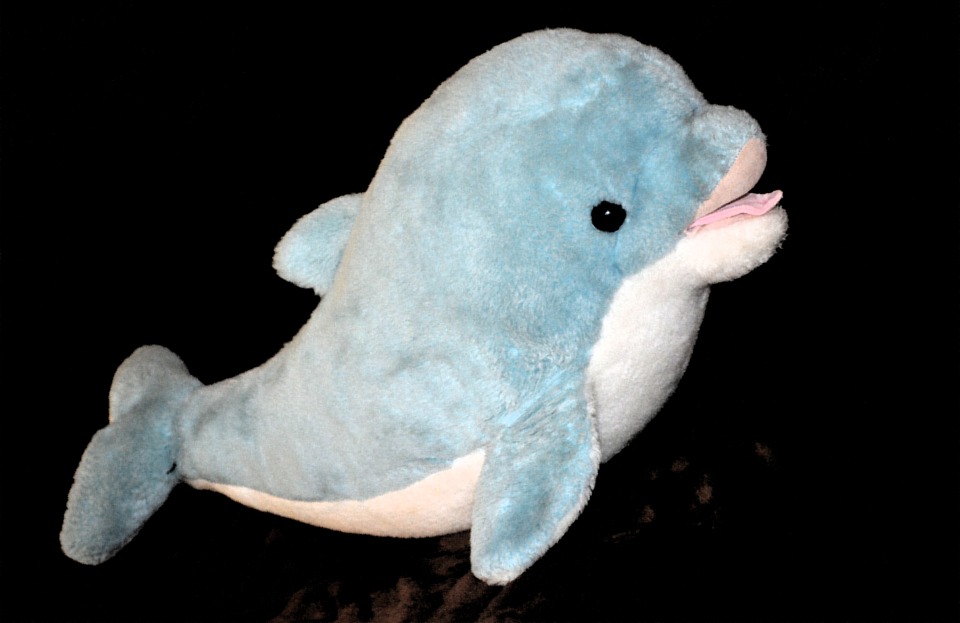Promoting Positive Fish Social Behavior: Understanding and Nurturing Healthy Interactions
Introduction
Fish social behavior plays a crucial role in maintaining a harmonious aquarium environment. Understanding and promoting positive interactions among fish not only enhances their overall well-being but also creates an enjoyable and visually appealing aquatic community. In this article, we will explore the importance of positive social behavior in fish communities, the benefits of promoting such behavior, and how to nurture healthy interactions.
Understanding Fish Social Behavior
Fish, like humans, have their own social structures and behaviors. Understanding these behaviors is essential for creating a thriving aquarium community. Fish establish social hierarchies, with dominant individuals exerting control over subordinate ones. Aggressive behavior is also common among fish, and it is important to identify its causes to prevent any harm. Additionally, fish exhibit shoaling and schooling behaviors, which promote safety and communication among individuals within a group. Communication methods, such as body movements, color changes, and chemical signals, are also prevalent among fish.
Creating an Optimal Environment
To promote positive social behavior, it is crucial to provide fish with an optimal environment that meets their social needs. This includes providing adequate space and appropriate tank size to prevent overcrowding and territorial disputes. Careful consideration must be given to choosing compatible fish species that will coexist peacefully. Offering sufficient hiding spots and territory for each fish is important to minimize stress and aggression. Lastly, maintaining optimal water conditions, such as appropriate temperature, pH levels, and water quality, is essential for the overall well-being of fish.
Feeding Strategies for Social Harmony
Feeding time can be a potential source of aggression and competition among fish. To foster social harmony, it is important to avoid overfeeding and ensure that all fish receive adequate nutrition. Implementing a varied diet that includes both dry and live foods can prevent boredom and reduce aggression. Spreading out feeding areas in the tank and using feeding rings or devices can also help minimize competition during mealtime.
Observing and Responding to Aggression
Despite our best efforts, aggression may still occur in an aquarium community. It is important to be able to identify the signs of aggression, such as fin nipping, chasing, or territorial displays. If aggression persists, intervention techniques can be used to prevent harm to other fish. This may involve rearranging tank decorations, adding visual barriers, or separating aggressive individuals into their own tank or isolation area.
Promoting Positive Interactions
To nurture healthy interactions among fish, several strategies can be employed. When introducing new fish to an existing community, it is recommended to do so gradually and monitor their behavior closely during the acclimation process. This allows them to establish social bonds and reduces the risk of aggression. Environmental enrichment, such as adding plants, rocks, or caves, can stimulate natural behaviors and provide opportunities for fish to interact positively. Providing appropriate tank mates and companions that share similar social needs and behaviors can also promote positive interactions.
FAQs: Frequently Asked Questions
1. Can fish really have social interactions?
Absolutely! Fish are highly social creatures that exhibit a wide range of social behaviors, from establishing hierarchies to engaging in cooperative hunting.
2. How can I prevent aggression among my fish?
By providing a suitable tank environment with ample space, hiding spots, and appropriate tank mates, you can minimize aggression. However, if aggression persists, separate the aggressive individual to maintain harmony.
3. Are there specific fish species that are more likely to be aggressive?
While aggression levels can vary among individuals, certain fish species, such as cichlids, bettas, and some territorial species, are more prone to aggressive behavior. Researching the temperament of your chosen species beforehand is crucial.
4. Can fish recognize their tank mates?
Fish have the ability to recognize familiar tank mates and form social bonds with them. Some species even exhibit cooperative behaviors and help each other when threatened.
5. Should I feed my fish separately to prevent competition?
It’s generally recommended to spread out feeding areas in the tank to minimize competition. Providing a varied diet and ensuring each fish gets its fair share will help reduce aggression during feeding time.
6. How long does it take for new fish to acclimate to an existing community?
The acclimation period varies depending on the species and individual fish. It’s crucial to introduce new fish gradually and monitor their behavior closely during the acclimation process. Typically, it may take a few days to a couple of weeks for fish to fully acclimate.
7. Can aquarium decorations and plants affect fish social behavior?
Yes, aquarium decorations, plants, and other environmental features can significantly impact fish behavior. Providing suitable hiding spots, territory markers, and natural elements can stimulate positive social interactions and reduce stress.
8. Is it better to keep a single fish or a group?
Fish species have different social needs. While some thrive in groups or schools, others prefer solitary lifestyles. Researching the specific species you wish to keep will help you determine the ideal social requirements for them.
Conclusion
By understanding fish social behavior and providing an optimal environment, you can promote positive interactions and maintain a harmonious aquarium community. Respect the natural tendencies of your fish while ensuring their social needs are met, resulting in a thriving and enjoyable aquatic environment.









